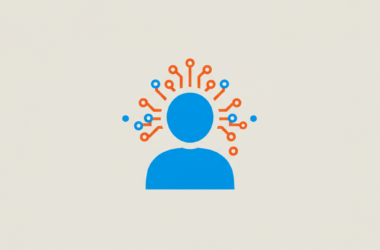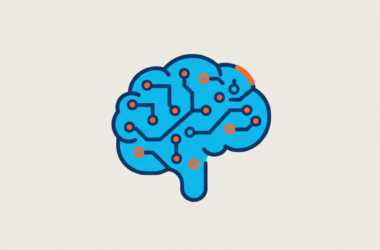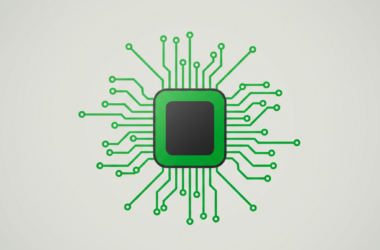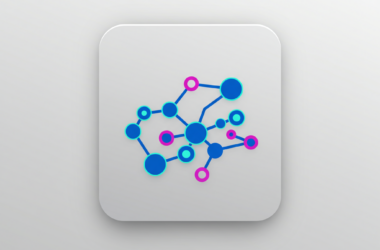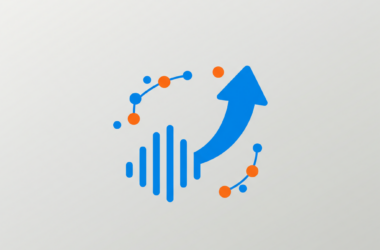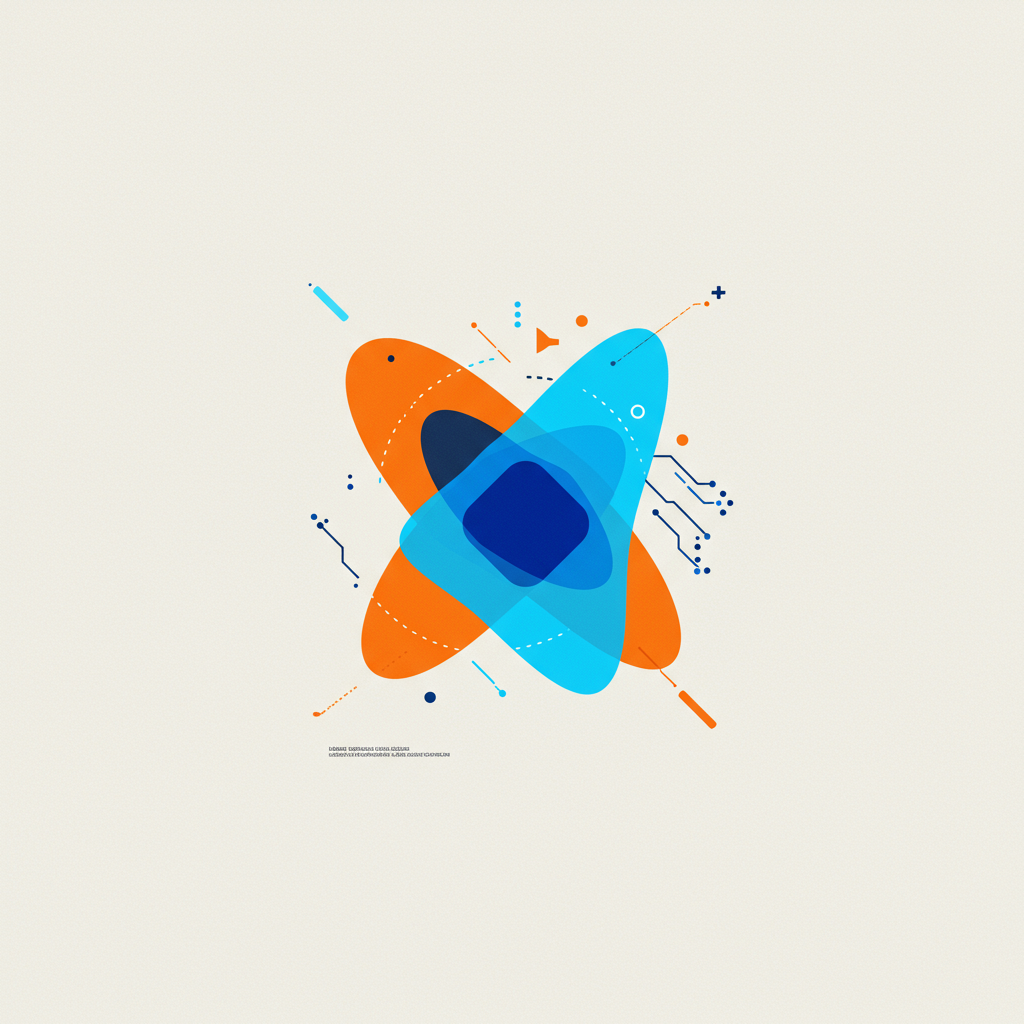
OpenAI has introduced a new image generation capability embedded within its multimodal language model framework. This breakthrough creates images that are not only visually striking but also functionally precise. By leveraging an extensive knowledge base and in-context learning, the new model produces photorealistic outputs that blend detailed text rendering with visual imagery.
The system has been integrated into the ChatGPT experience, offering users a fresh interface to generate, modify, and refine images through natural conversation. In this environment, users can describe their desired visuals down to specific details—such as aspect ratios, exact colors provided as hex codes, or even a transparent background—and the model responds with highly accurate, custom-crafted images.
Among the creative demonstrations provided, one example features a whiteboard session where handwritten notes and diagrammatic illustrations are used to explain the transformation process. The whiteboard displays equations and outlines the pipeline: tokens pass through a transformer and then a diffusion process to culminate in fully rendered pixels. This integrated approach highlights several advantages:
- Augmented image generation empowered by broad world knowledge
- Advanced text rendering that places words exactly where they need to be
- Native in-context adjustments during multi-turn conversations
- A unified post-training framework that enhances visual fluency

Additional creative examples include everything from evocative street scenes—such as two witches examining detailed street signs in an urban setting—to a carefully designed restaurant menu that combines traditional and modern aesthetics. Each example underlines the model’s capacity for precise symbol rendering, accurate depiction of text, and even the translation of uploaded images into valuable visual concepts.
The new generation technology also extends to multi-turn conversations, empowering users to refine images iteratively. For instance, character designs for video games can be tweaked across multiple interactions, ensuring that every element from facial features to user interface overlays remains consistent throughout the creative process.
Another significant aspect of the model is its ability to link world knowledge across text and imagery. This allows it to generate scientifically accurate infographics, educational posters, and even detailed diagrams that require balancing multiple distinct concepts in one cohesive visual output.
While the advancements are impressive, OpenAI acknowledges several limitations. The model may sometimes crop images too tightly, hallucinate details when given low-context prompts, or struggle with rendering a very large number of distinct objects simultaneously. Other challenges include precise graphing, multilingual text rendering, and maintaining editing precision without unintended alterations.
Safety continues to be a paramount consideration. OpenAI has integrated measures that include metadata tagging via C2PA, robust internal search capabilities, and strict content policy enforcement. These protocols ensure that while creative freedom is maximized for users—spanning applications in game development, education, and historical research—harmful or policy-violating requests are carefully blocked.
Looking forward, this image generation tool is being rolled out across various user tiers, including Plus, Pro, Team, and Free users, with plans to extend its availability to Enterprise and Educational users. Developers will soon enjoy the ability to integrate these capabilities into their applications via an API, making it easier than ever to generate and customize images simply by describing what is needed.
With this innovative leap, OpenAI continues to bridge the gap between text and image, opening up tremendous new possibilities for creative expression and practical visual communication. For additional details on the tool’s design and safety measures, please refer to the ChatGPT interface and accompanying documentation.
Image credit: OpenAI News | OpenAI

